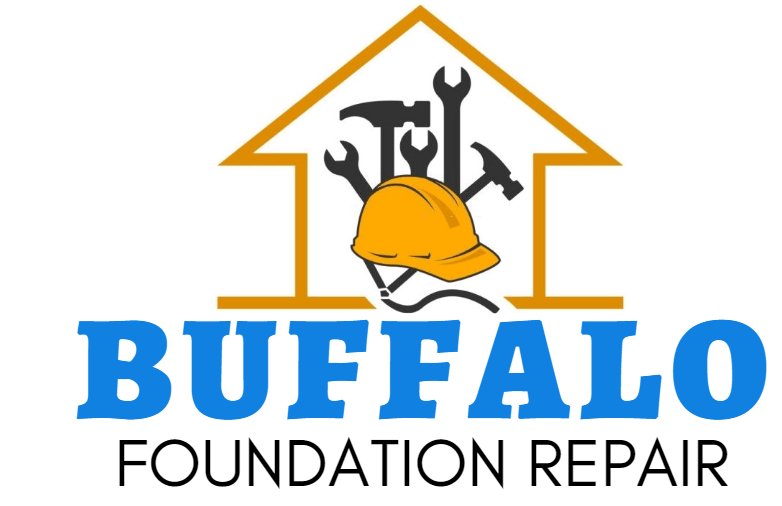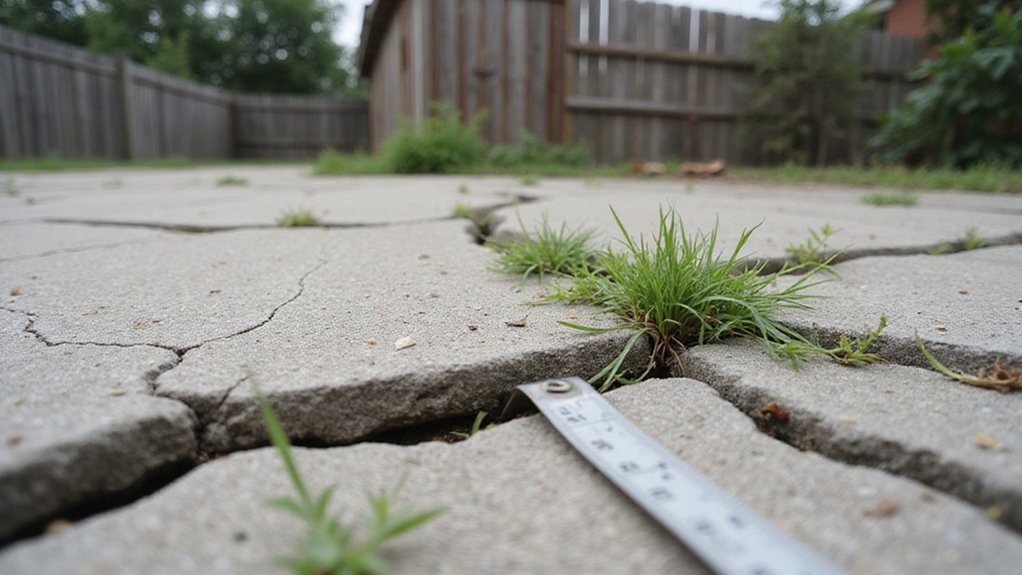Your home is your sanctuary, but when it starts to sink, it can feel like a nightmare. Don’t ignore the warning signs – cracks in the walls, uneven floors, and sticking doors. These are red flags that something’s amiss beneath the surface. If you spot these issues, it’s time to act fast and get to the root of the problem before it spirals out of control. Addressing a sinking home takes diligence, but catching it early can save you a world of headaches down the line.
Common Signs of a Sinking Home
If your home is sinking, you’ll likely notice several common signs. One clear indicator is a sagging roofline – the roof may appear uneven or slanted, rather than perfectly level. Additionally, you may observe that your home’s exterior foundation is no longer level, with areas that seem to have shifted or sunk. These problems can lead to cracks in walls, floors, or windows, and doors that become stuck or difficult to open and close. Bowing walls often occur as a result of soil pressure around the basement walls.
Cracks in the Walls
Cracks in the walls are one of the more visible signs that your home may be sinking. These cracks can range from minor hairline fractures to larger, more concerning splits. Sagging drywall and wall discoloration often accompany these cracks, indicating a deeper structural issue. While cracks can develop for various reasons, their presence, especially when accompanied by other signs, may signal a sinking foundation. Addressing cracks immediately and identifying the underlying cause is vital to preventing further damage and ensuring the safety and stability of your home. Don’t ignore these warning signs – they may be telling you something important about your property’s condition.
Uneven Floors
Another common sign of a sinking home is uneven floors. If your floors seem to be sagging or tilting, it could be a red flag that your home’s foundation is settling or sinking. This can happen due to soil erosion, poor construction, or even changes in the water table.
Uneven floors can make it difficult to walk around comfortably and may even pose a tripping hazard. Pay close attention to areas near the walls, doorways, and windows, as these are common spots for floor unevenness to appear. Addressing this issue promptly can help prevent further damage to your home.
Sticking Doors and Windows
Sticking doors and windows can also signal that your home is sinking. This can occur due to:
- Sagging frames that are no longer level
- Warped window and door casings
- Gradual shifts in the home’s foundation
- Uneven settling of the soil underneath
These issues may cause doors and windows to stick, jam, or become difficult to open and close. Paying attention to these subtle signs can help you identify potential foundation problems early on, before they become more severe and costly to repair. Addressing sticking doors and windows promptly can protect your home’s structural integrity.
Gaps Around Doors and Windows
If you’ve noticed gaps forming around your doors and windows, this could be another sign that your home’s foundation is shifting or settling. These gaps can occur as the foundation moves, causing the door and window frames to become misaligned.
You may notice sagging door frames or cracked window seals as a result. This can allow air and moisture to infiltrate your home, leading to further damage if left unaddressed. Identifying and addressing these issues promptly can help prevent more serious structural problems down the line. Monitoring your doors and windows regularly is a key part of maintaining your home’s integrity.
Sloping Floors
If you notice your floors starting to slope or feel uneven underfoot, this could be a worrying sign that your home’s foundation is shifting. Sloping or sagging floors are often indicators of:
- Foundation settling or sinking
- Structural issues with floor joists or support beams
- Soil erosion or changes in the ground beneath your home
- Inadequate original construction or poor maintenance over time
These sunken or uneven floors can lead to other problems like sticking doors, cracking walls, and an overall unstable living environment. Addressing the root cause of sloping floors is essential to maintaining the structural integrity of your home.
Basement and Foundation Issues
Why are basement and foundation issues so concerning? As a homeowner, you want your home to be sturdy and secure. Unfortunately, problems with your basement and foundation can compromise the entire structure.
Damp walls and crumbling concrete are telltale signs that your home may be sinking. These issues can lead to cracks, uneven floors, and even the collapse of your home. It’s essential to address them promptly to prevent further damage and costly repairs.
Frequently Asked Questions
What Are the Costs to Repair a Sinking Home?
Repairing a sinking home can cost anywhere from $10,000 to $100,000, depending on the extent of damage. Stabilizing the foundation could run $20,000 to $50,000. Consult a professional to get an accurate estimate for your home’s needs.
How Do I Know if My Home Is Sinking Gradually?
If you notice foundation cracks or uneven floors, your home may be gradually sinking. This could indicate a serious issue requiring professional inspection to determine the cause and necessary repairs to protect your investment and sense of security.
Is a Sinking Home a Sign of Structural Damage?
A sinking home often signals potential underlying causes like foundation problems. It’s essential to address this promptly to prevent further structural damage and maintain the security and comfort of your beloved home.
Can a Sinking Home Be Stabilized or Lifted?
A sinking home can be stabilized or lifted through foundation repair options and soil stabilization techniques. These can help restore your home’s stability and guarantee it remains a secure, comfortable place you can proudly call your own.
How Long Does It Take to Fix a Sinking Home?
Fixing a sinking home can take several months to a year, depending on the issue’s severity. Common warning signs warrant a professional inspection to determine the best stabilization or lifting solution for your home.


Recent Comments